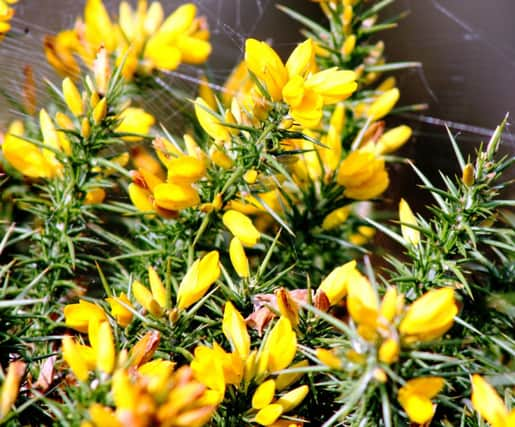Tough cookies of plant world won’t be in peril by the sea


Good for them, but life can be just as tough in Filey as it is on the high Pennine moors. Wind and the salt-saturated air aren’t the best conditions for a plant, or for that matter, a garden. Most plants perish – but some will flourish.
And it’s surprising just how many have been able to adapt to what are pretty inhospitable growing conditions. Look at the likes of cotoneaster, elaeagnus, escallonia, euonymus and many hebes, which seem to love to be beside the seaside.
Advertisement
Hide AdAdvertisement
Hide AdGenista lydia (gorse) is another well suited to planting where the soil meets the sea. It thrives in hot dry areas, thrives on poorer soils such as sandy or chalky soils, and laughs off any amount of salt.
It also loves full sun and, although it doesn’t care overmuch for cold winds, a clifftop site is just about the perfect spot. The flowers are like small pieces of the sun, and they have a delicious fragrance to be carried on the breeze.
But while gorse stands defiant, sedum and stonecrops keep their heads down and get on with growing and flowering, while hardy cranesbills make light of coastal conditions.
Many salvias are also quite content to live at the seaside, as are lots of lavenders, culinary sages (Salvia officianalis), some shasta daisies, artemisias like “Powis Castle”, lamb’s ears (Stachys byzantina), the silvery cotton lavender (Santolina) and old favourites like hydrangeas.
Advertisement
Hide AdAdvertisement
Hide AdAnd there are trees, such as Crataegus x persimilis “Prunifolia” which can live happily by the seaside. It has white flowers in spring and leaves that turn orange-red in autumn. In perfect conditions, it could reach 25ft in height.
And unlike humans, none of these plants can uproot and head off for a few days break when the sun shines at the other end of the county...